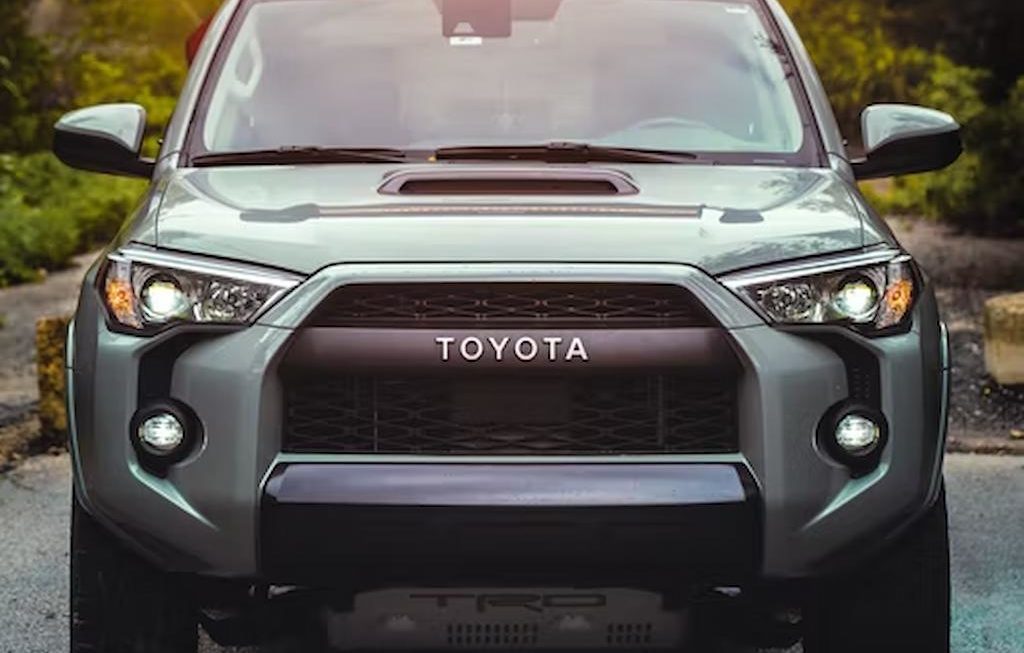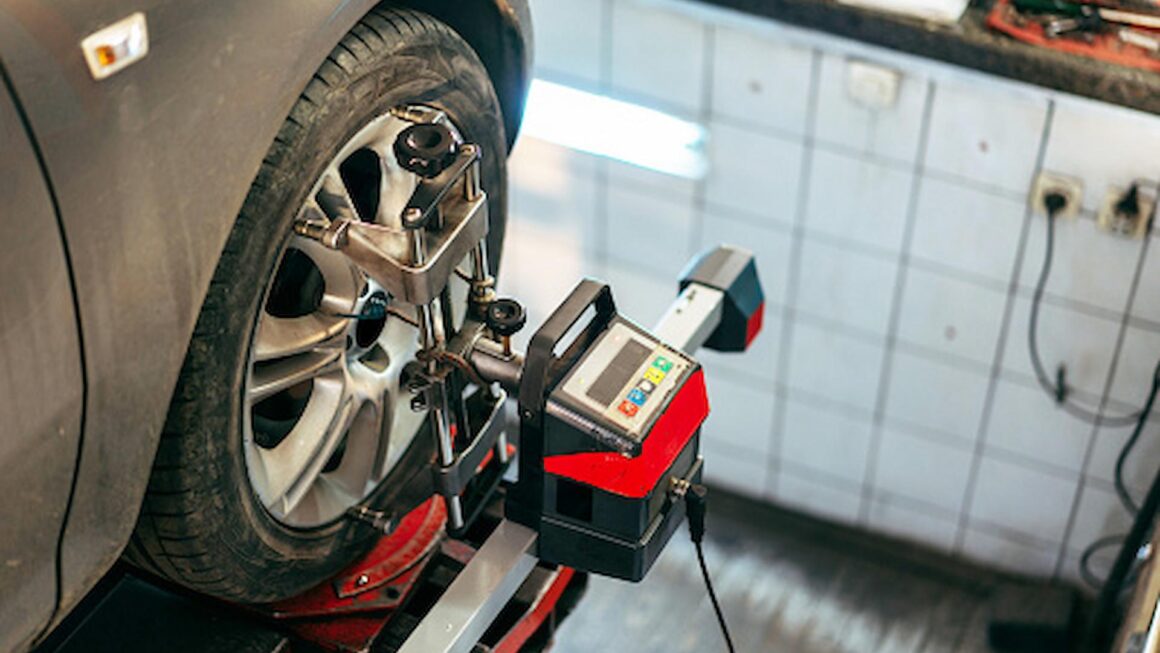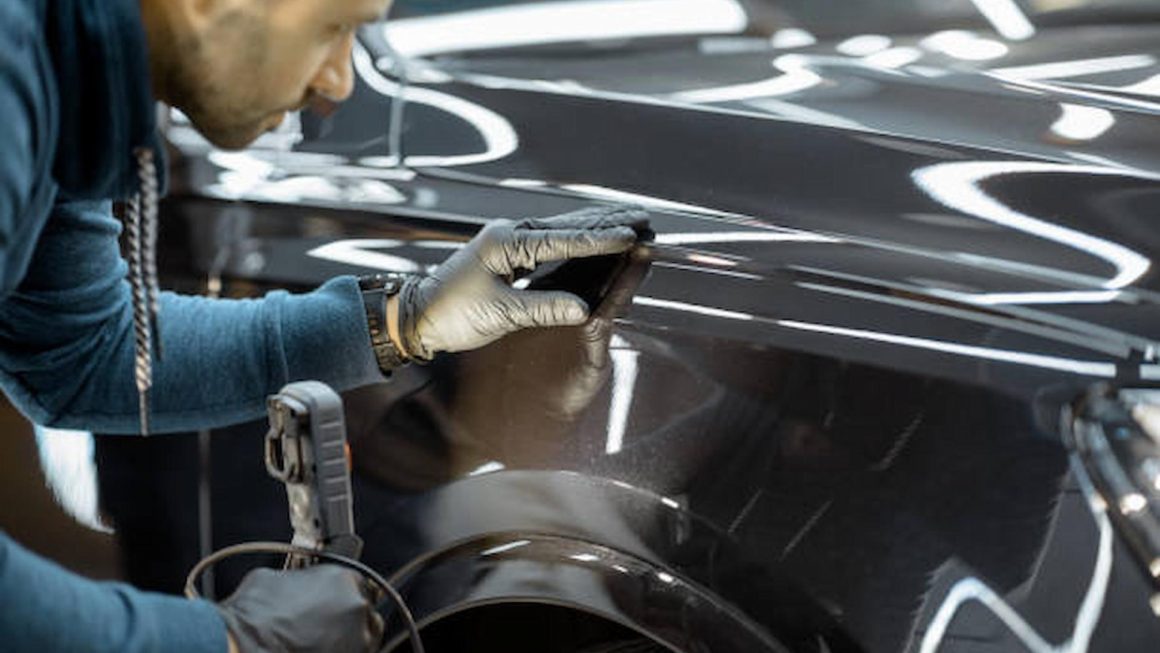If you are in the market for a vehicle that is reliable, versatile, and utilitarian, a midsize SUV may be the right fit. An SUV may be advantageous for your lifestyle if you need the space for extra passengers and cargo or drive in rougher terrain and weather. They are great for family outings or camping, making them more versatile than the average sedan.
However, certain models may be too large for a driver needing the space and capacity of an SUV but desiring a more mid-sized vehicle. The Toyota Highlander build is designed to offer space as well as a variety of configurations while being easily manageable on the road, making it a great, well-rounded option for a midsize SUV. But which model should you choose? Below will help guide you through the various options for a Toyota Highlander SUV.
Overview
The Toyota Highlander SUV is considered one of the safest vehicles in its class, based on its consistently high safety score. While the Highlander is the safe choice, it is also a spacious choice for a midsize SUV, as it has three rows of seating as well as cargo space.
Not only does the Toyota Highlander build make it a good choice for performance but also for reliability. Typically, SUVs are known to be “gas guzzlers” and don’t rank well in fuel economy. However, the Highlander’s standard V6 engine offers good fuel economy, estimating up to 29 mpg on the highway. Additionally, Toyota makes a popular Highlander Hybrid for those desiring the utility and space of an SUV but the fuel economy of a hybrid.
Features And Specs
The Toyota Highlander build is a front-engine, front-wheel-drive with the option for all-wheel drive, 7-passenger, 4-door wagon. It has 8-speed automatic transmission and a DOHC 24-valve V-6 engine.
It also includes a variety of safety and driver assistance features, such as lane-keeping assist, automatic high-beam lamps, blind-spot monitoring with a rear cross-traffic alert, and standard automated emergency braking with pedestrian detection.
The Highlander incorporates standard infotainment features for all the trims, with options for upgrading these features. This means that the Toyota Highlander offers variety within the available trims, from sport to luxury, suiting your specific needs.
The Highlander comes in six available trims: the L, LE, XLE, XSE, Limited, and Platinum. Price ranges, as well as available features, increase with each progressing trim. We will look more deeply into the specifications of three of the most popular trims: the XLE, XSE, and Limited.
Highlander XLE
The midrange XLE may be the trim with the widest range of appeal, offering luxury features at affordable prices. The XLE is typically $4,000 less than the luxury Limited trim but is still outfitted with features enhancing both performance and comfort.
Each Highlander trim comes with standardized features, which can be upgraded, such as the 3.5L V6 engine, 8-speed automatic transmission, and the Toyota safety suite. Though the front-wheel drive is standard, each trim can upgrade to an all-wheel-drive (AWD). You can also opt for the hybrid powertrain.
The XLE also includes LED headlights, three-zone automatic climate control, a per-adjustable driver’s seat, and five USB ports. With plenty of options for upgrading, the XLE is a good fit for someone looking for comfort that is affordable.
Highlander XSE
The Highlander XSE is the next trim up from the XLE and offers both interior and exterior upgrades. In addition to the standard features, the XSE has in-dash navigation, heated front seats, front and rear parking sensors, sport-tuned suspension, leather-trimmed interiors, and an 11-speaker JBL premium stereo available for upgrade.
Highlander Limited
While the XSE is a great option for someone looking for a sportier car, the Highlander Limited is a great luxury option. Though it costs more than the two previous trims, it offers considerably more features.
In addition to the features offered with the XSE, the Limited has leather seating, 11-speaker JBL premium stereo, 10-way power-adjustable driver’s seat with power lumbar support, heated and ventilated front seats, LED projector headlights with LED-strip Daytime Running Lights, turn signal, and blind-spot warning indicators, and much more, including Android Auto™, Apple CarPlay®, and Amazon Alexa compatibility. The Limited also has a 12.3-inch touch screen available as well as a surround-view parking camera system.
Highlander Hybrid
What’s unique about the Toyota Highlander build is that it is also available as a hybrid version. Though many manufacturers offer a lot of options for midsize SUVs, not many offer hybrids in the class. The Highlander Hybrid leads the way for hybrid SUVs, as it has already had four generations since 2006. At this stage, newer models have an even more efficient engine with more space and features.
The Highlander Hybrid engine pairs the hybrid system with a 2.5-litre 4-cylinder engine. Though this is less powerful than the standard V-6 engine included in the previously listed trims, it does boast higher fuel efficiency. It estimates 35 to 36 mpg in combined driving. If you are considering the hybrid version, it comes in four available trims: LE, XLE, Limited, and Platinum.
If you are considering any one of these trims or the hybrid and are uncertain which best suits your needs, you may want to visit your local dealership to speak with an expert and compare each trim in person. You can even view the full lineup online so you can compare and contrast the features before visiting in person for a test drive.
At Beaverton Toyota, we believe in full transparency so you have access to everything you need to make the best decision using our CLEAR Purchase Experience and iPad technology. We post our best prices both online and in the store, so you can do your research and find the vehicle that best suits your lifestyle and budget. Visit us today, and we will customize your buying approach to best fit your time, money, wants, and needs.




